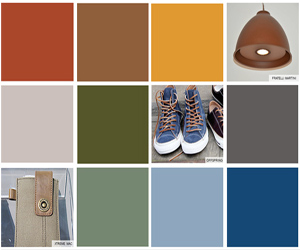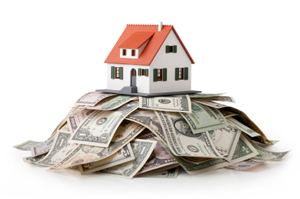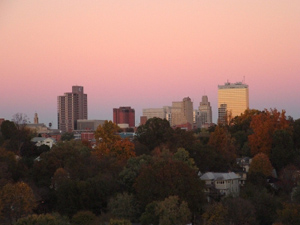When you think of housing markets leading the way in green and energy efficient building, you most likely think of California. However, green home builder Nexus EnergyHomes is expanding their efforts to the South Carolina market with two new communities where geothermal and solar PV is a standard combination for each home.
The developer’s Carolina real estate designs call for geothermal heating and cooling, energy recovery ventilation, PV solar array, state-of-the-art electronic and web-based controls and monitoring systems, super insulated building shells and Energy-Star rated appliances.
When combined, these technologies enable homes to produce almost as much energy as they consume, saving these lucky homeowners thousands of dollars each year annually on energy expenses.
Sunchaser at Bridlewood Farms in Ridgeville, South Carolina is a 30 home community with homes ranging in size from 1,900 to 3,100 square feet and pricing from the mid $250,000s.
At Sundial GeoSolar Community of River Birch in Summerville, South Carolina, buyers will find 12 three to five bedrooms homes with 2,500 to 3,450 square feet and pricing from the mid $300,000s.
For more information on these net-zero energy home opportunities, visit the Nexus EnergyHomes website.





